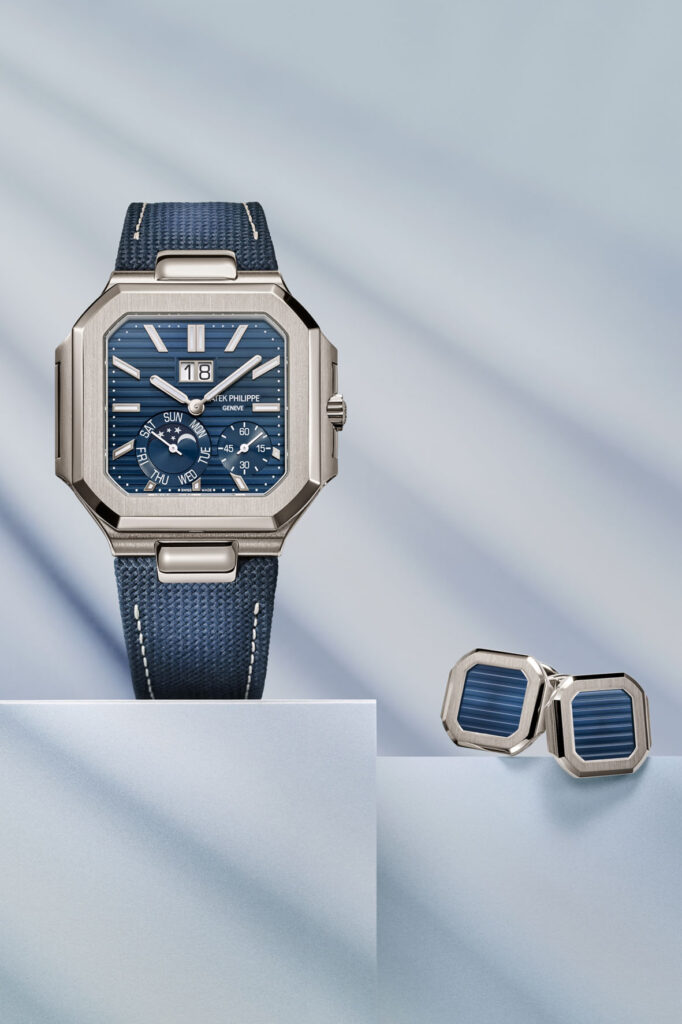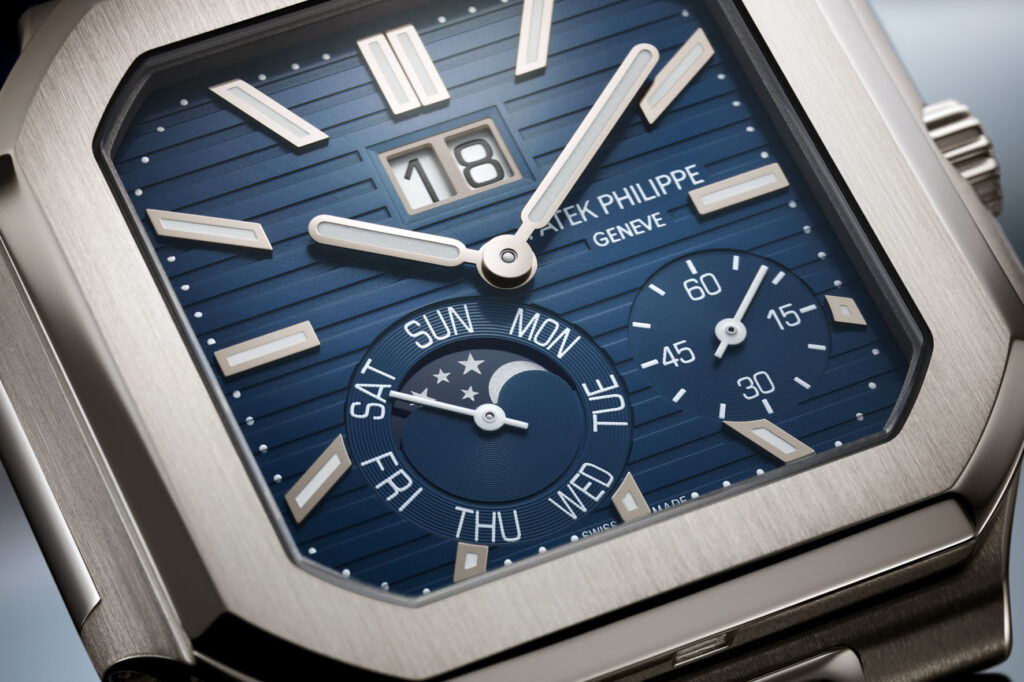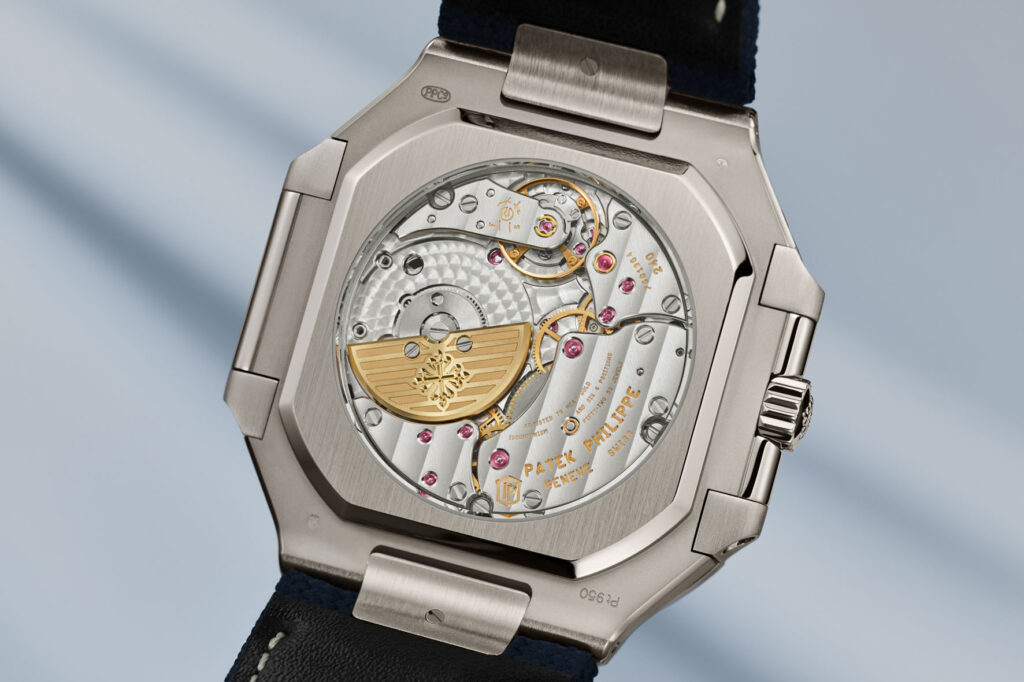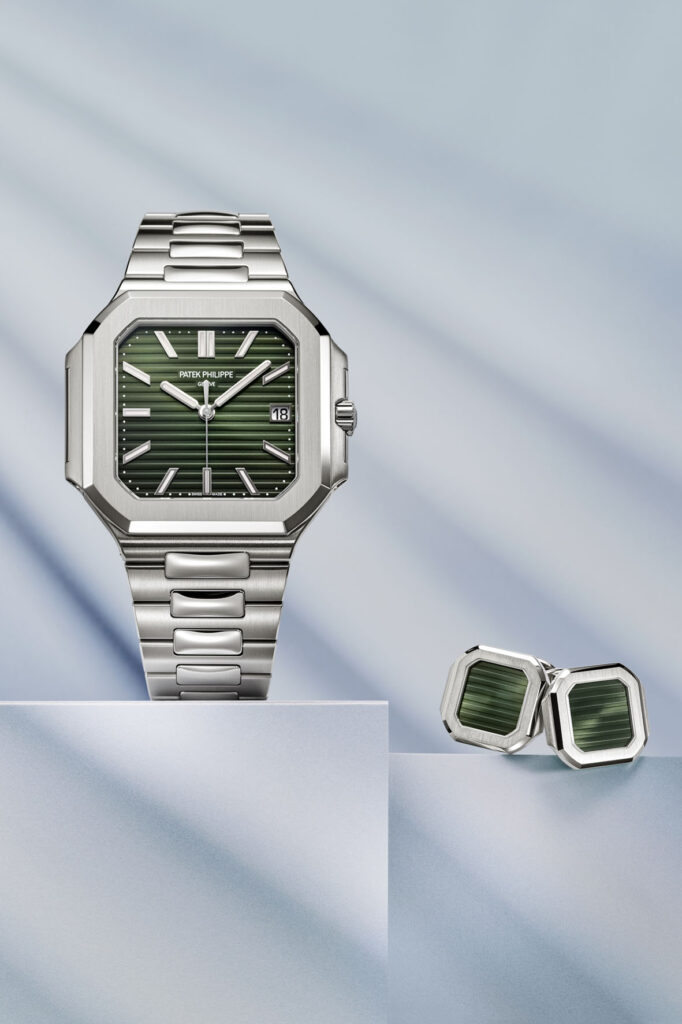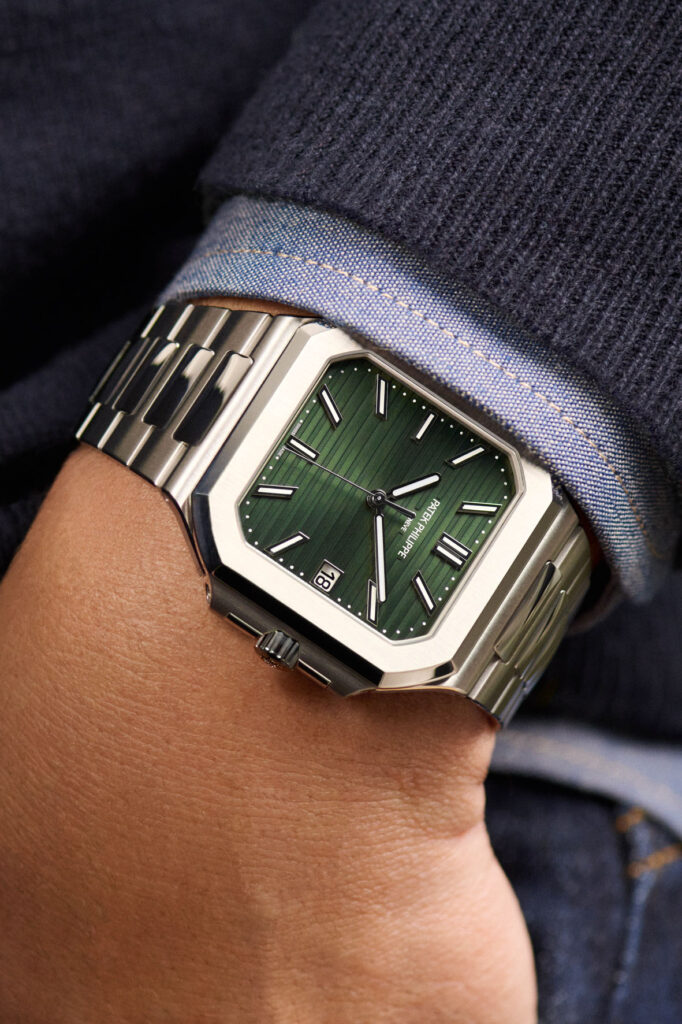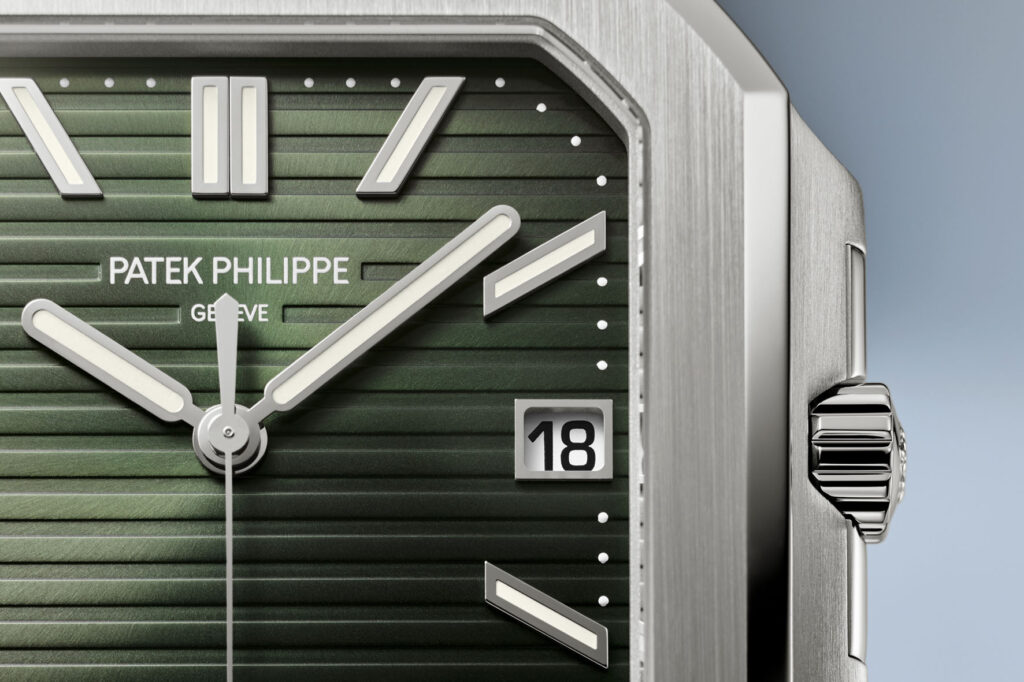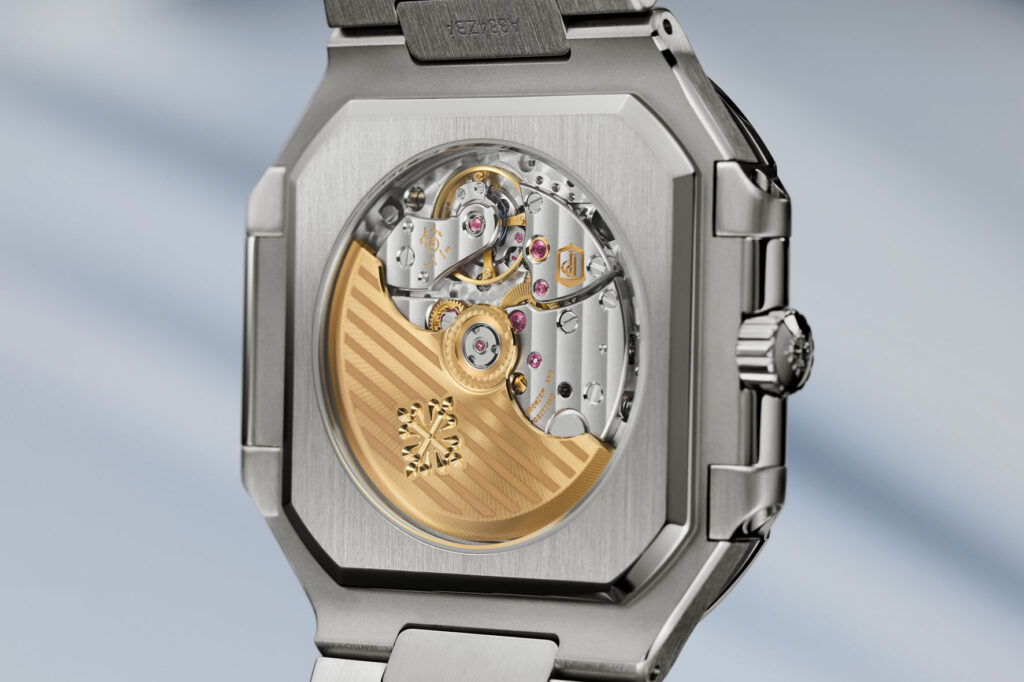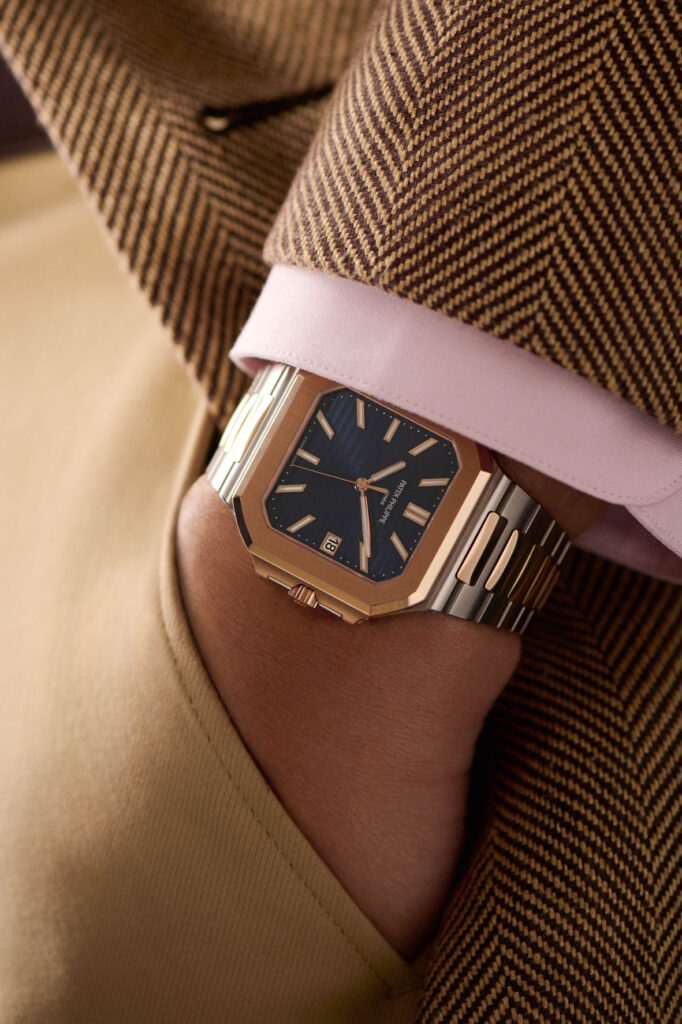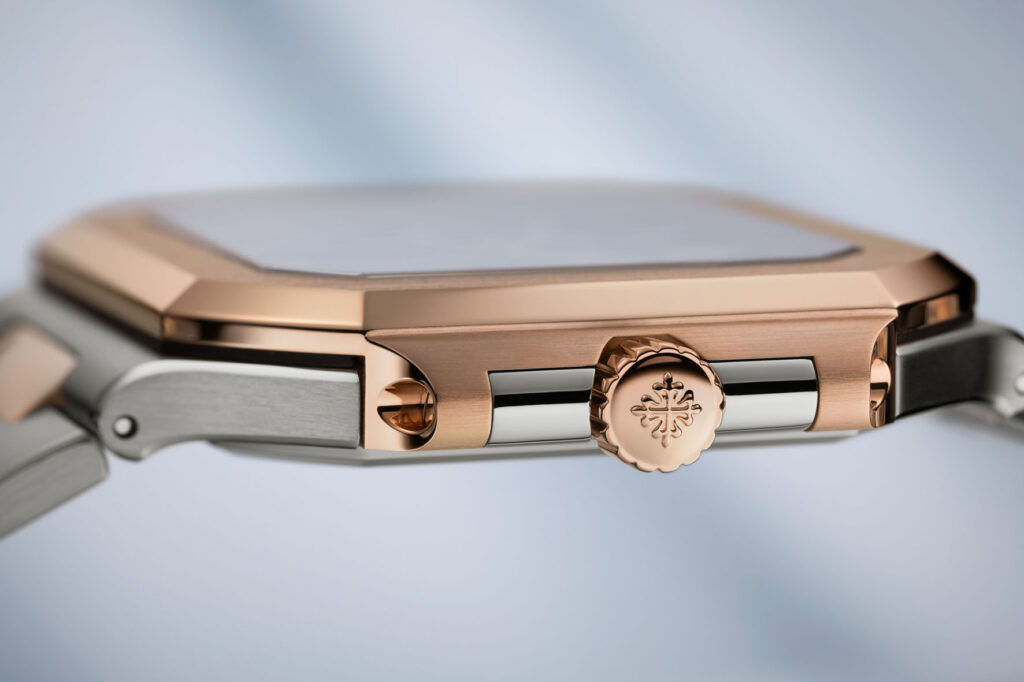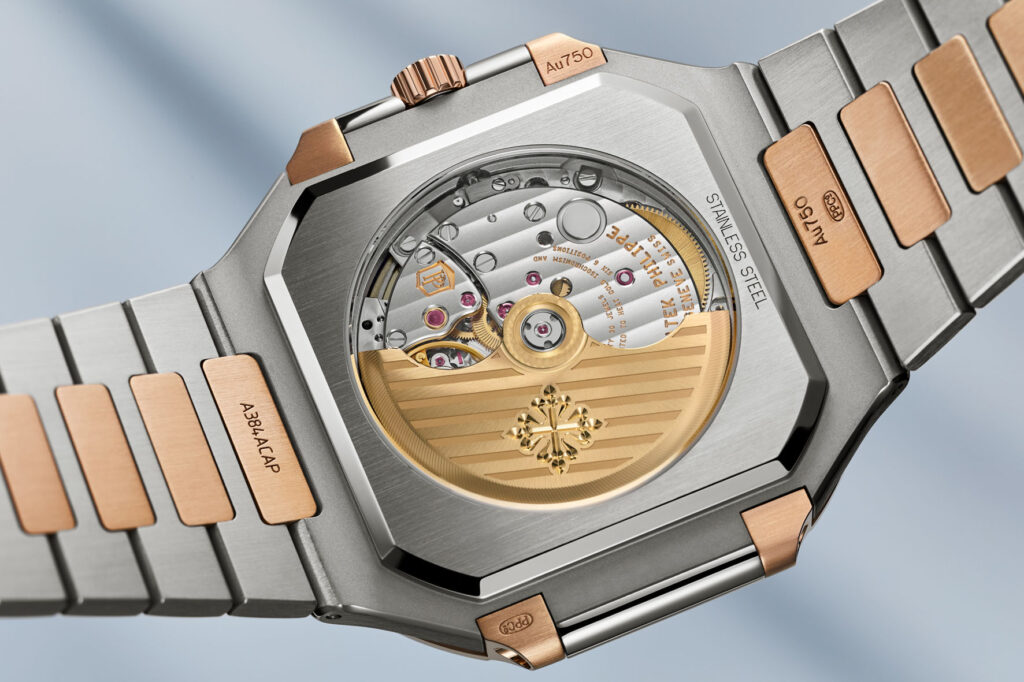In search of lost Patek
5 November 2024We could begin this article which, in its title, not surprisingly, quotes Marcel Proust’s La Recherche in many ways. For example, on the tip of the iceberg that Patek Philippe represents in the high-end watchmaking world. On its fundamental historical weight in the growth in credibility and authority of the entire sector. On the fact that in 1941, in the middle of the Second World War, it invented against all logic a very expensive multi-complicated watch: the Reference 1518. It was an illogical move for those war times, but it was also ingenious because the 1518, from that day on, became the perpetual chrono par excellence. It was produced until 1954, for a total of 281 pieces, including the very rare pink gold versions and a handful in steel, which today are the Holy Grail of international watchmaking. This perpetual calendar chronograph is THE watch to be sent to a distant galaxy to show aliens that mankind possesses technology but also has soul and heart. After all, perpetual chronos are his bread and butter, above all the 2499 – which even reached John Lennon’s imagination – and the 3970, in its own way simply perfect. Like the World Time, especially in enamel. Like the Nautilus, which came out four years after the Royal Oak but is the most iconic replica. Why? Simple: because Patek is Patek.
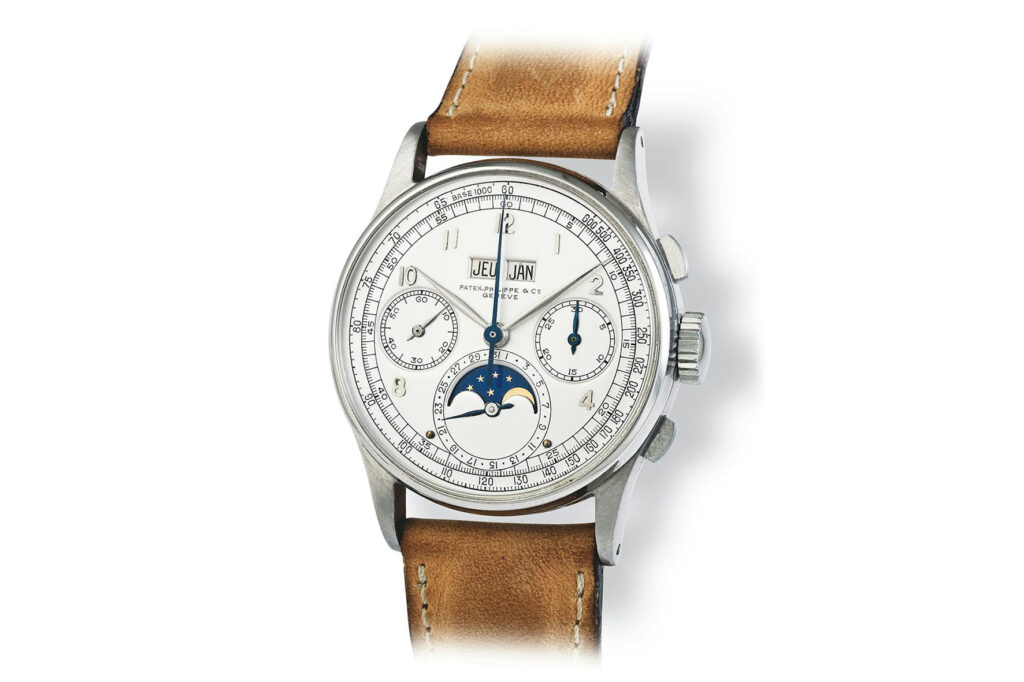
So here’s how this article begins: Patek is Patek. Because it is everything written above, but it is also, since 1932, the Calatrava. A pure watch. Which, if one weren’t as mad as we watch enthusiasts are, all one would have to do is buy a Calatrava time, even a vintage one, or rather, especially a vintage one, and their collection would already be well and truly complete – and a very classy one as well. And then Patek is also Patek in advertising slogans. ‘You never actually own a Patek Philippe. You merely look after it for the next generation.’ This is indisputably the most successful advertisement in watchmaking history.
WITH THE CUBITUS, IS PATEK STILL PATEK?
It is an irreverent question, but one that we need the intellectual honesty to ask, not least because it builds on a huge wave of feelings from Patek’s aficionados. From social networks to forums, the reception for the newcomer has been turbulent, to say the least.

Staying with the last few years among peer brands, it wasn’t since the release of the Code 11.59 – especially the only time with white dial – that enthusiasts had teamed up in crushing a new high-ranking collection (more precisely, the Code 11.59 with Giulio Papi’s ultra-complication and the reintroduction of the Starwheel then gave Audemars Piguet some satisfaction).
Having said that, we, like most, were not positively surprised by the photos, but before writing anything we preferred seeing it with our own eyes and touching it with our own hands. Once there, we slightly changed our minds, but we certainly would have preferred something totally new.
Let’s reflect together on the Cubitus. Since its presentation in Munich, we have heard all kinds of things. First of all, let us describe it briefly, also because if you are reading this article, you will probably know more about it already than we do. Basically, it is a Nautilus with a square 45 mm case and rounded corners, in three different versions. The most expensive (89,100 euros) is the Ref. 5822P-001 in platinum, with instantaneous grand date, day and moon-phase indications. Under the ‘bonnet’ is the new movement – round! – Cal. 240 PS CI J LU, self-winding, with six patent applications filed. Then there are two only time pieces with date: one in steel and rose gold with a sunburst blue dial (Ref. 5821/1AR-001 at €61,780), and the other in steel with a sunburst olive green dial (Ref. 5821/1A-001 at €41,580) which will presumably have to play the role of ‘hot reference’ in the official dealers’ listings around the world. Both only time models are powered by the self-winding Cal. 26-330 S C – round! –, a derivation of the 26-330 introduced in 2019 and equipped with a second stop for setting the time.

On an aesthetic level, apart from the transformation of the case’s square corners into rounded ones, the solutions are those we already knew from the Nautilus, both for the dial – except for the grand date, obviously – and for the coupling of the bracelet and strap to the platinum case. Having said that, if tastes are subjective from an aesthetic point of view, at the mechanical level we have to express some severe judgments.
First of all, the Grand Date’s ultra-flat automatic movement with a thickness of 4.76 mm and a case thickness of 9.6 mm is of very good standard, but it certainly does not leave one speechless (competition today offers much more). Worse still is the power reserve of 38-48 hours. The latter is a figure that was fine for high-end watchmaking of the 1990s. Today’s watchmaking, we would argue, deserves something more high-performance: 60-80 hours are now a prerequisite for dozens and dozens of brands, even the lower-end ones.

Water resistance is another weak point, which we already wrote about a few months ago when it was approved for all models in this range. OK that the square case makes waterproofing difficult, OK that nobody dives with it, but 30 metres is a decidedly low figure for a model that falls into the luxury sport watches category.
Above all, from a Patek like the Cubitus, entirely new as a collection – indeed, time flies and this is the first new Patek collection in the last 25 years (it goes back to 1999 with the women’s Twenty-4 and two years earlier with the Aquanaut) – one might have expected a new square movement developed ad hoc. Instead, none of this. Not adapting a normal round movement by making it square, with that porthole on the case back, is a downgrade in style. Why? We would expect such an operation from any other brand, but certainly not from Patek.

Lastly, the question of the price lists. These three are rated high, very high in relation to the content on offer. Someone might say: Patek is Patek even in the price. This is true, even though some time ago Patek’s President Thierry Stern told the American press that he was thinking of an ‘entry-level’ around $20,000 or so to attract 30-year-olds as customers. Evidently, this is not the model he was thinking of, or else the 30-year-olds’ earnings have doubled in the meantime.
THE OPINION OF THE REST OF THE WORLD, AND OUR OWN
The international press has been rather diplomatic, but there has been no shortage of criticism, some of it significant. On the other hand, as we said, aficionados on social networks and forums didn’t hold back. In this sense, the Cubitus has been rejected across the board. And perhaps it is a rejection that President Stern will take as a good sign, given that at the time of the Aquanaut’s release many insiders framed it as the model that would put Patek out of business. Obviously this has not been the case.

What is certain, however, is that today’s high-end and very high-end watchmaking world – thanks mainly to a certain ecosystem of independent manufacturers, far more than those belonging to large groups (with less and less identity and more and more attention to financial data, with only rare exceptions) – has reached an eye-popping level of technical and finishing ability. And unfortunately, we are truly sorry to say, in this sense Patek could have dared much more with the Cubitus.

What is equally certain is that criticism did not go down well with President Stern, who publicly stated: ‘The haters are mostly people who have never had a Patek and never will. So that doesn’t bother me’.
To conclude, it is the latter statement that represents the most controversial aspect of the issue, and that probably annoys most people. We may or may not like the Cubitus, and it may or may not be a success; time, as always, will establish that. In any case, from a brand like Patek, we would have expected a different kind of statement from its leader. That is, more in line with its history and style.

